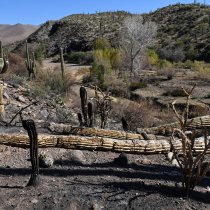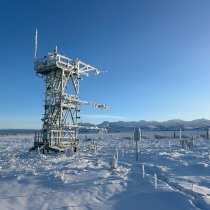Ecologically-Friendly Construction at a Continental Scale
September 1, 2013
NEON has to build dozens of sites across the country that satisfy its scientific and operations requirements, and we have to do it on time and under budget. One key requirement for NEON site construction is that construction activities have zero impact on the surrounding ecosystem – because any disturbance interferes with NEON’s ability to capture a true baseline for U.S. ecology.
A recent article in the Engineering News-Record describes how NEON scientists and construction staff and NEON and Leo Daly engineers collectively rose to meet the challenge of zero-impact construction at the scale of NEON:
Many challenges impact the process, including the restriction on machinery, the remote conditions, a lack of electricity, below-grade obstacles, site accessibility, cost, and pure incredulity. Ironically, the latter two factors—cost and incredulity—have the greatest potential impact on the project.
Cost is a major factor. The restrictions on use of automation and machinery reduce construction productivity and drive up cost. But there is no point to beginning a large-scale experiment in a manner that may cause material impact to the outcomes.
But the biggest factor impacting the zero-impact approach is incredulity. A common reaction from contractors, once they review the construction requirements, is “You want us to do what?”
Read more to find out how science, engineering and construction staff are negotiating the unusual challenges posed by building NEON.

